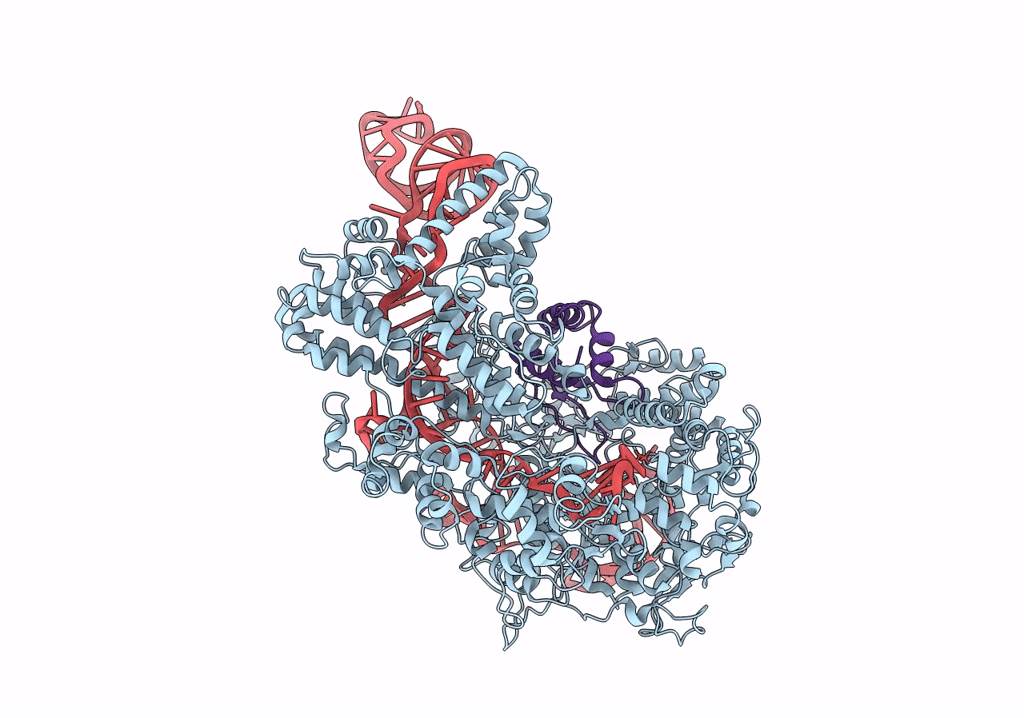
Deposition Date
2017-05-29
Release Date
2017-07-26
Last Version Date
2025-05-14
Entry Detail
PDB ID:
5VZL
Keywords:
Title:
cryo-EM structure of the Cas9-sgRNA-AcrIIA4 anti-CRISPR complex
Biological Source:
Source Organism:
Streptococcus pyogenes M1 GAS (Taxon ID: 160490)
unidentified phage (Taxon ID: 38018)
unidentified phage (Taxon ID: 38018)
Host Organism:
Method Details:
Experimental Method:
Resolution:
3.90 Å
Aggregation State:
PARTICLE
Reconstruction Method:
SINGLE PARTICLE


